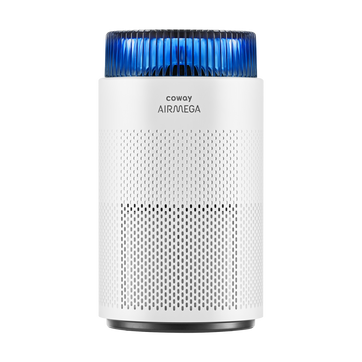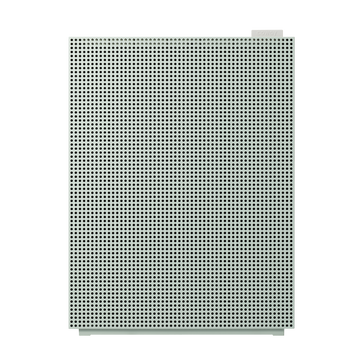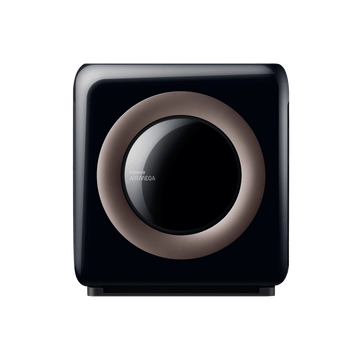
The environmental case for bidets
In bathrooms throughout the United States, bidets are gaining in popularity. Perhaps it’s because people prefer the more refreshing clean of a bidet over toilet paper. Or maybe it’s because they find bidets are better for backside hygiene, including easing the pain of hemorrhoids and rashes. These are both great reasons to introduce a bidet into your daily life. Yet there’s another reason still: bidets are good for the environment.
Less toilet paper, more trees
Most of us know that toilet paper is made from trees. But did you know that commonly-used soft, plush toilet paper is especially hard on forests? Also, sometimes the trees are harvested from single species tree farms in North and South America. These farms can create challenges to regional biodiversity. Or worse, the toilet paper may be sourced from older growth forests.
111 rolls per person, per year
Every day, the amount of toilet paper that people use around the world is equivalent to 27,000 trees. In the United States alone, Americans use 36.5 billion rolls every year. This is approximately 111 rolls of paper, per person, annually. On a daily basis, that’s about a third of a roll. At the current volume, it takes 15 million trees to supply Americans’ TP needs each year.
Bidets save water
It may be surprising that a bidet—a product that uses water to clean after toileting—saves water. But it’s true. This is mostly because the process of making toilet paper is very water-intensive. According to Justin Thomas, editor of Metaefficient, creating toilet paper for the American market “...involves 473,587,500,000 gallons of water to produce the paper and 253,000 tons of chlorine for bleaching.”That’s up to 37 gallons of water for just one roll!
Also, a single toilet flush sends 1.6 to 7 gallons of water into the sewer system. (Older toilets are on the higher end of this spectrum.) In contrast, a bidet only uses about 1/8 of a gallon of water per cleansing.
Bathroom habits in your home can become more environmentally friendly with the Coway Bidetmega 200. It’s easy to replace a standard toilet seat with the Coway Bidetmega 200 by using tools that most people have around the house. Once the bidet is installed, you can adjust the water pressure and temperature with the touch of a button for a satisfying clean.
Disclaimers
1Coway air purifiers have been proven to trap dust, pollen, dander, viruses and bacteria in the air based on KCL (Korea Conformity Laboratories) testing.They have been tested in a 30㎥ size chamber according to the Korea Air Cleaning Association standard (SPS-KACA 002-132:2022 Modified) to measure the 0.01㎛ size of particle removal rate. It was tested on maximum airflow speed in normal room temperature and humidity conditions. The performance may vary in the actual living environment of customers.
→ Tested with Airmega Aim, 100, 150, 160, Airmega Tower AP-1216L, Airmega Mighty AP-1512HH, Airmega Mighty AP-1512HHS, 200M, Icon, IconS, 230, 240, 250, 250 Art, 250S, 300, 300S, 350, 400, 400S, 450, ProX
299.97% of viruses, bacteria, fungi and pollen were verified to be removed from the air for Coway air purifiers which have Green True HEPA™ filter applied based on the Japan Food Research Laboratories(JFRL) testing according to JEM 1467 standard.
→ Tested with Coway Airmega Mighty AP-1512HH, Airmega Mighty AP-1512HHS, 250, 250 Art, 250S, 300, 300S, 400, 400S
→ All tested by JFRL and received above result within below time.
All tested by JFRL and received above result within below time.
- Virus: Tested with Escherichia coli phage ΦX174 NBRC 103405, 60 minutes
- Bacteria: Tested with Staphylococcus epidermidis NBRC 12993, 60 minutes
- Fungi/Mold: Tested with Penicillium citrinum NBRC 6352, 60 minutes
- Pollen: Tested with Cedar Pollen extract, 60 minutes
3Aerosol test conducted in a Biosafety level 3 laboratory with two Coway air purifier models, Coway Airmega 250 and 400 for removal of SARS-CoV-2 Aerosol by US based MRI Global, a not-for-profit laboratory and partner of US Department of Defense. The test was conducted in a 13.1ft3 chamber. Virus was aerosolized for 15 minutes and the product was turned on high for 2 minutes. Result showed each product effectively removed over 99.98% of the SARS-CoV-2 in 2 minutes. This is a result from a laboratory experiment condition and result may vary in different conditions. This result does not imply it kills SARS-CoV-2 or prevents the transmission of Covid-19. Coway Airmega 250S and 400S are identical to the tested models and has equal performance with an additional mobile connectivity function.
4The concentration of ammonia, acetaldehyde and acetic acid were proven to be removed within 30 minutes by FCG Research Institute, Inc. Human Life Science Lab. It is not a demonstration result in the actual use space. Not all odors and gases may be supported. → Tested with Coway Airmega 150, 160, Airmega Mighty AP-1512HH, Airmega Mighty AP-1512HHS, 400, 400S
5The coverage area of the air purifier is based on an area where the air cleaner can make two air changes per hour (ACPH). An air change per hour translates to how many times an air purifier can clean an area, assuming the height of a ceiling to be 8 ft, in one hour. Therefore ** means two air changes per hour means that the cleaner can clean the area once every 30 minutes and * means air changes per hour means that the air purifier can clean the area once every 60 minutes.
10Terms and conditions apply. Discounts, including promotions, coupons, bundle discount and subscription discount, cannot be stacked on top of other coupons. During promotional periods, discount codes will not be able to be applied to orders. Promo codes may apply to products only—filters, accessories, and new products within 3 months of the release date are not included.



























